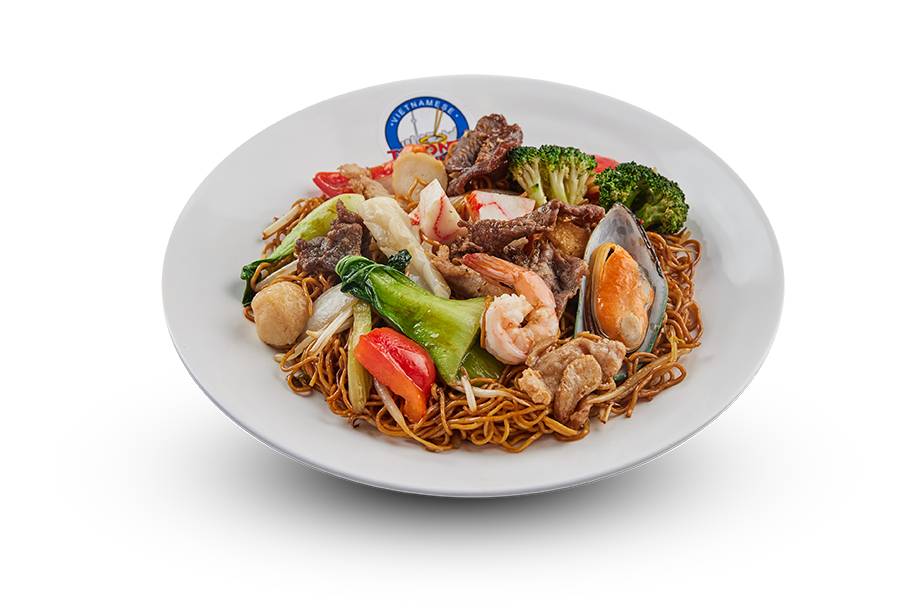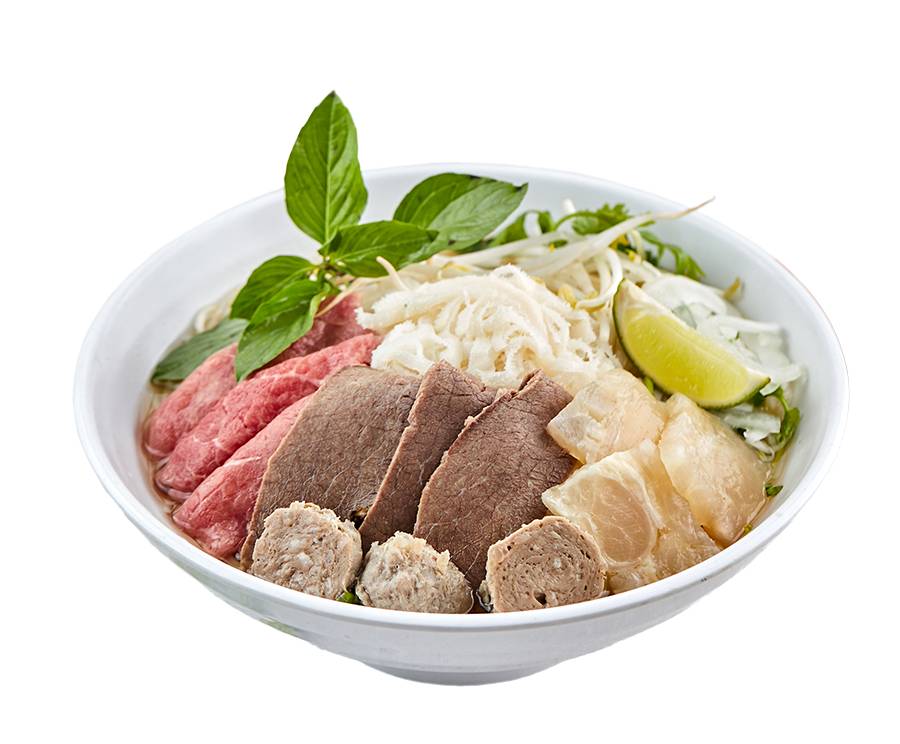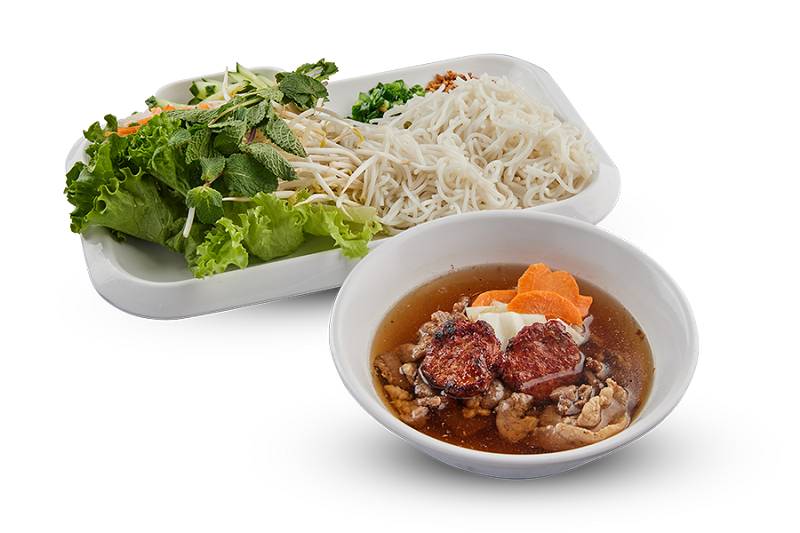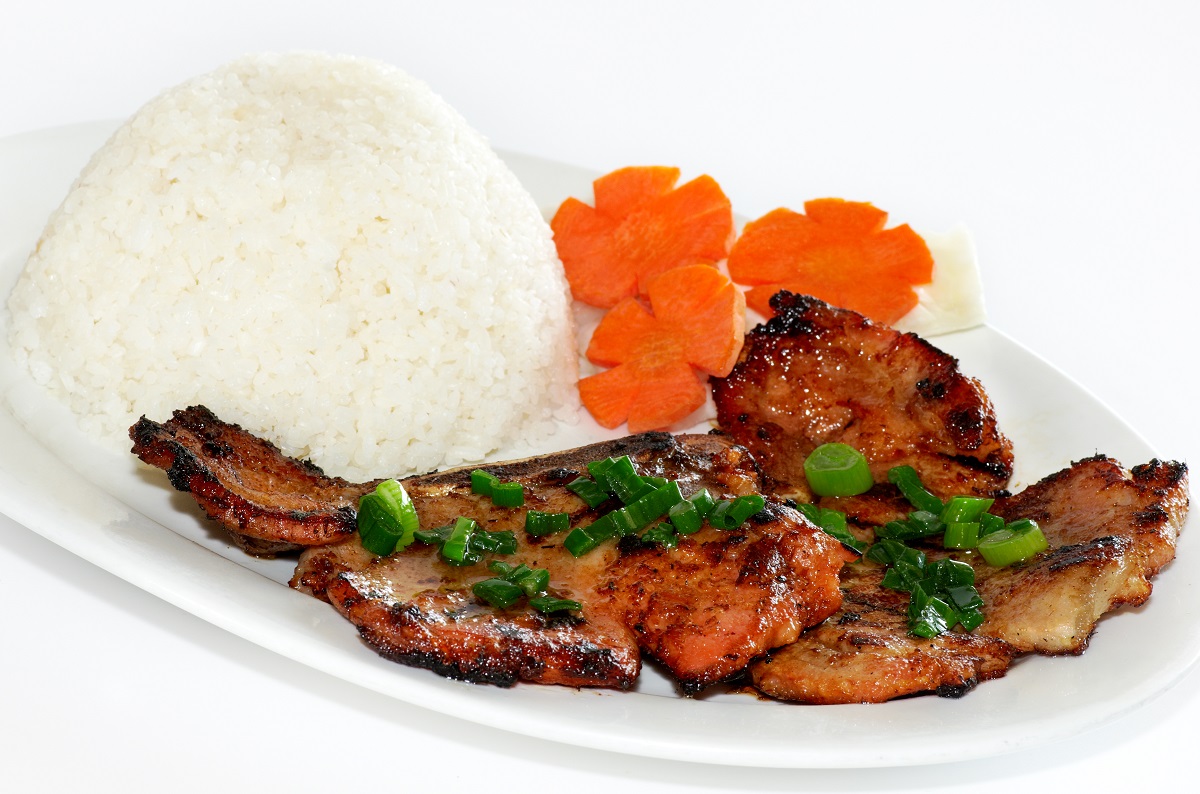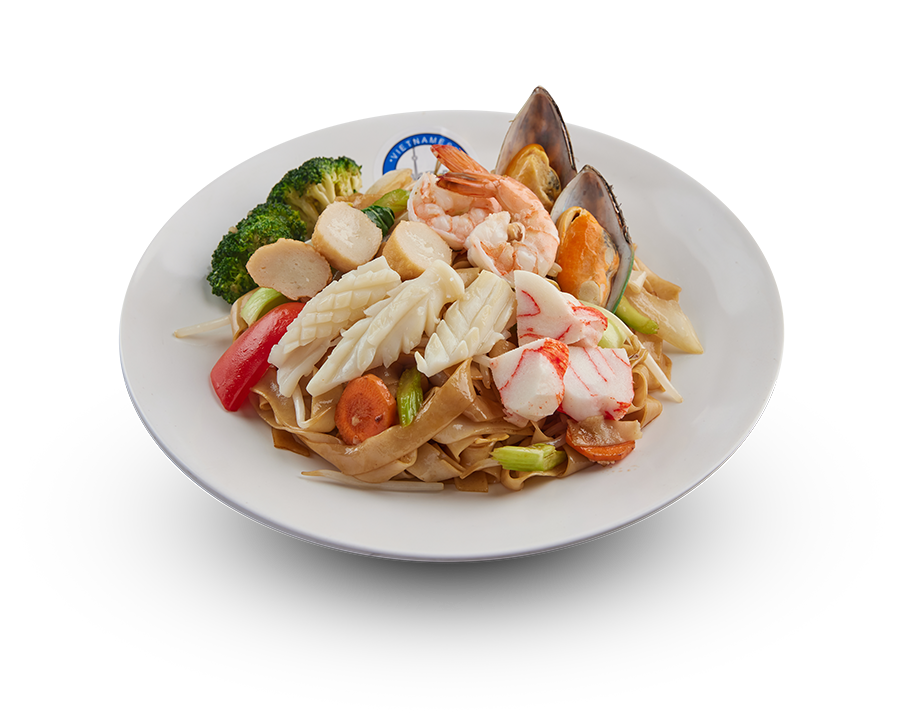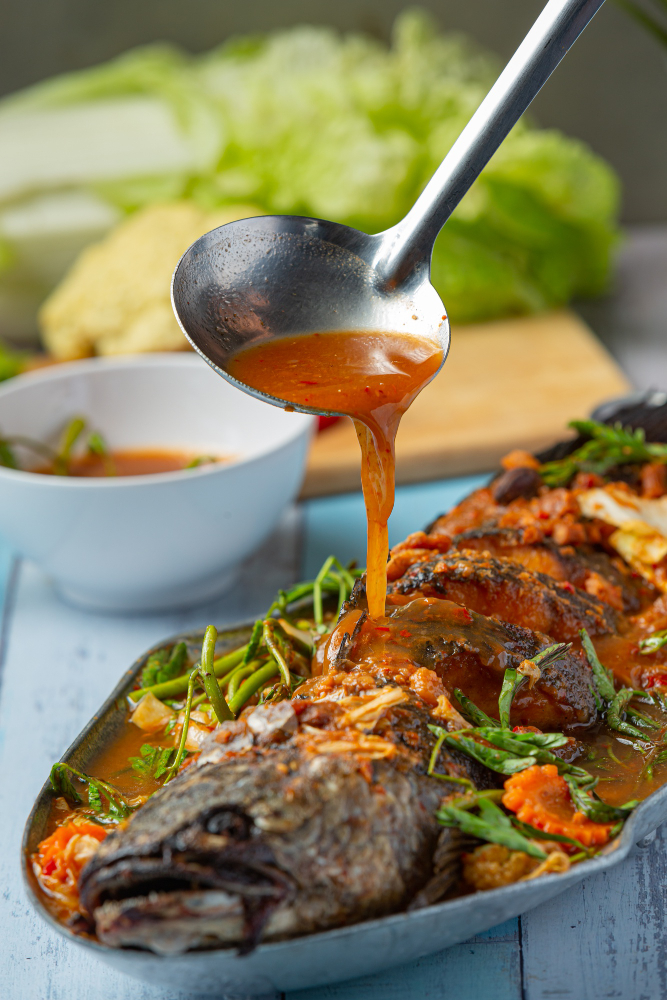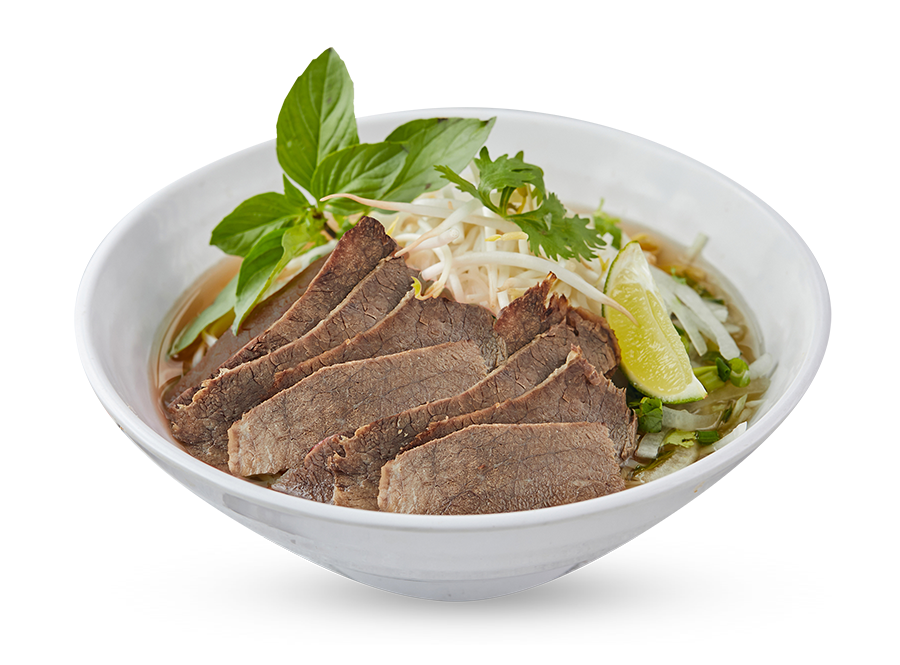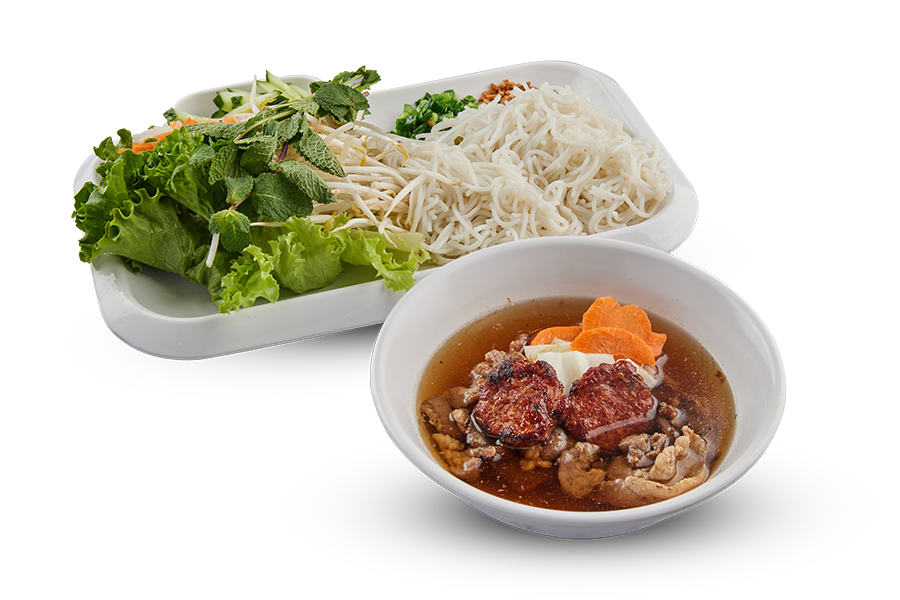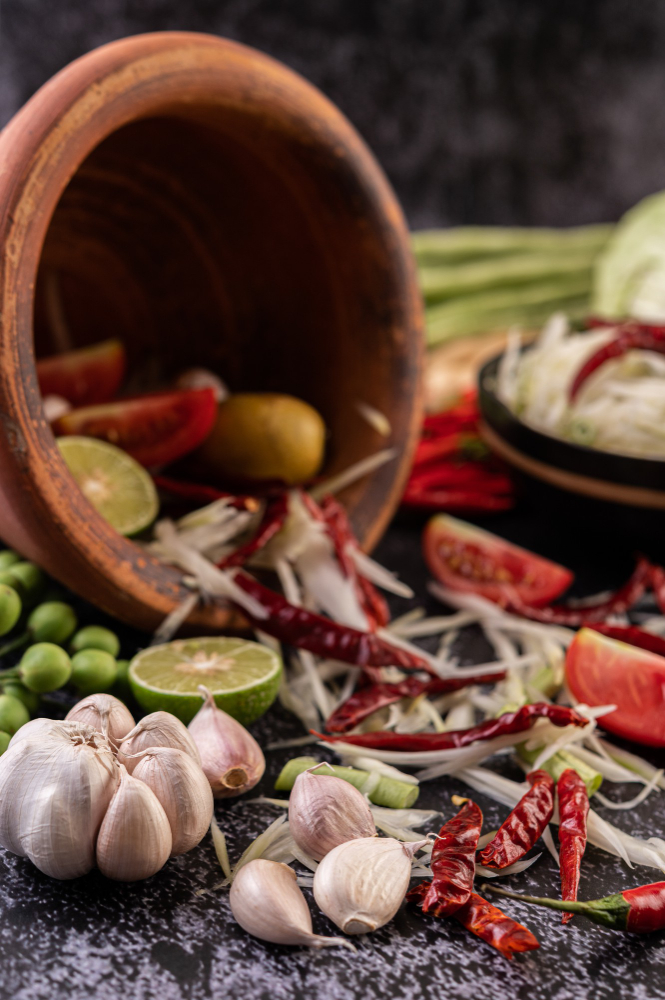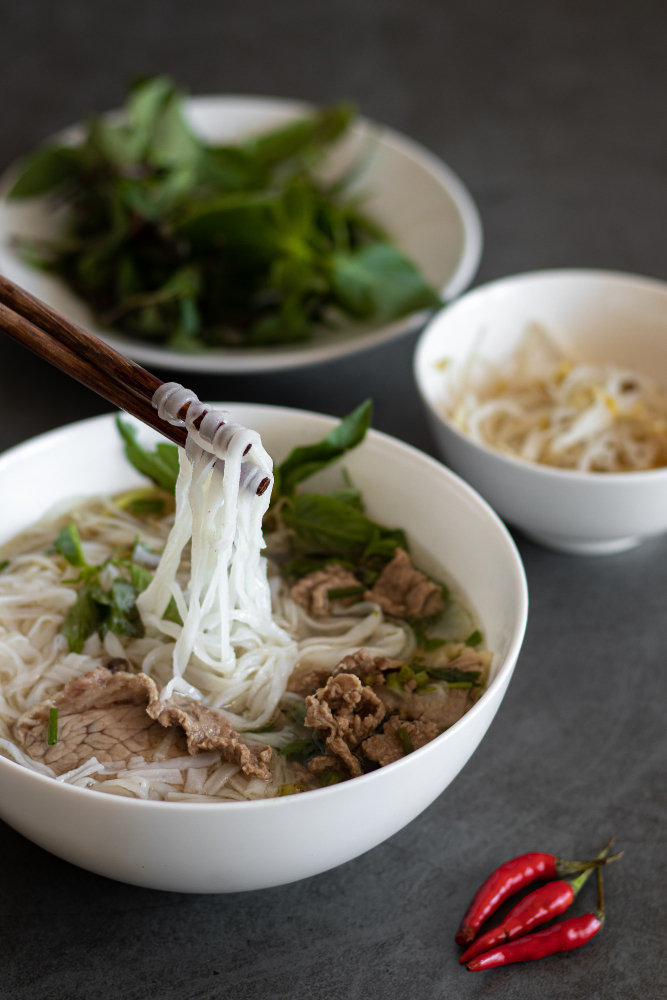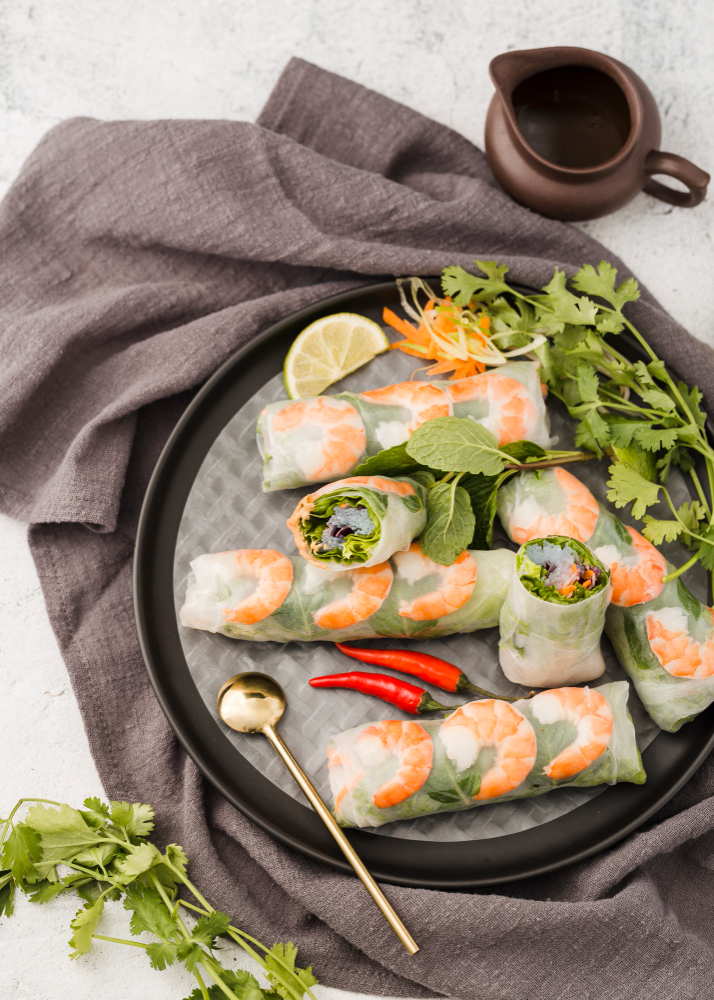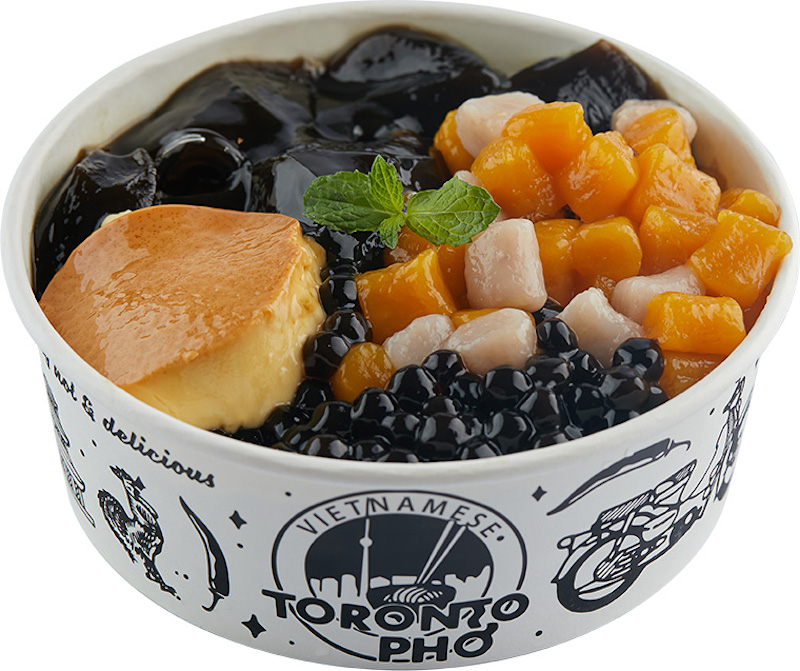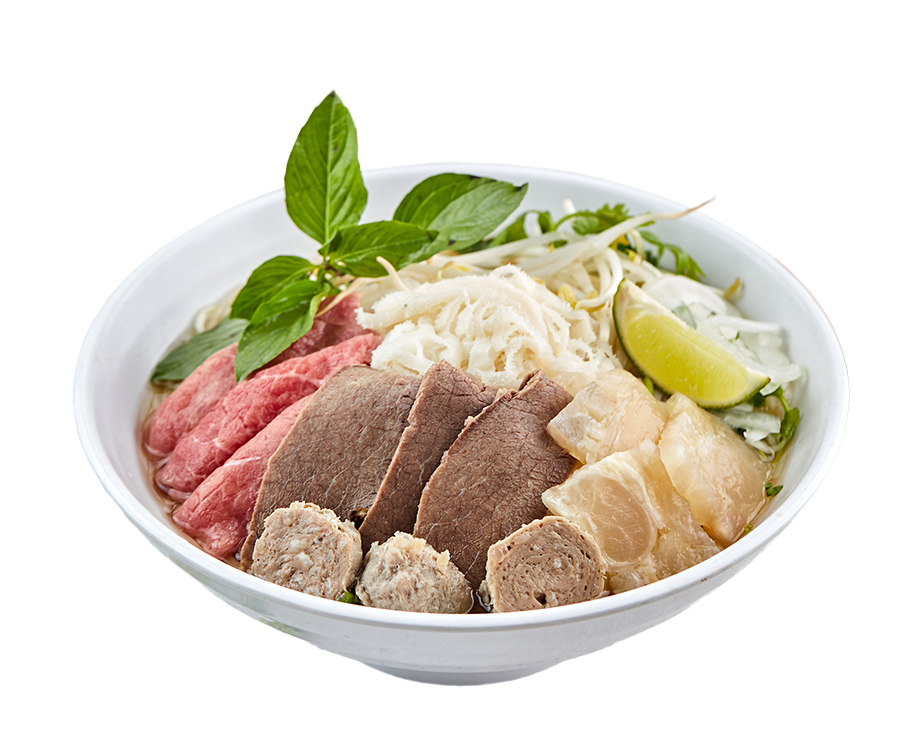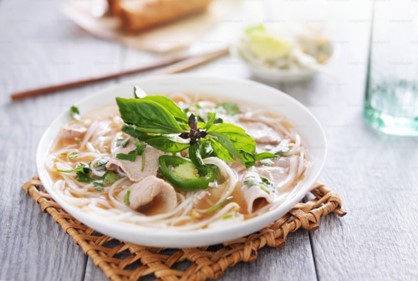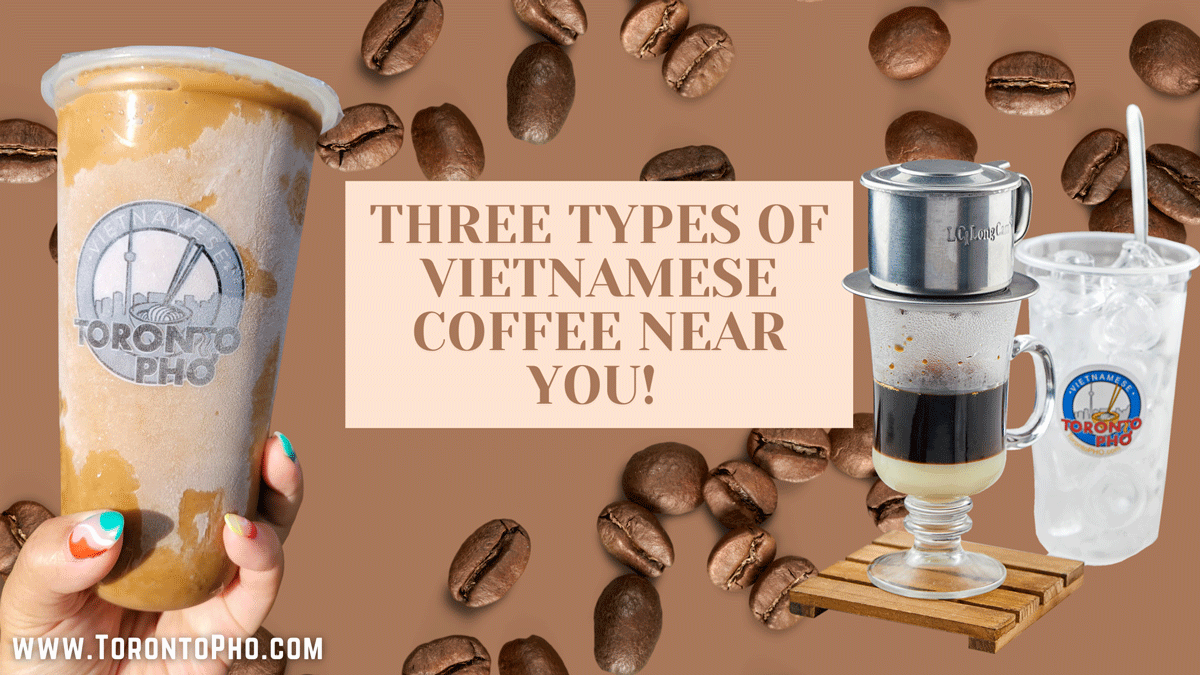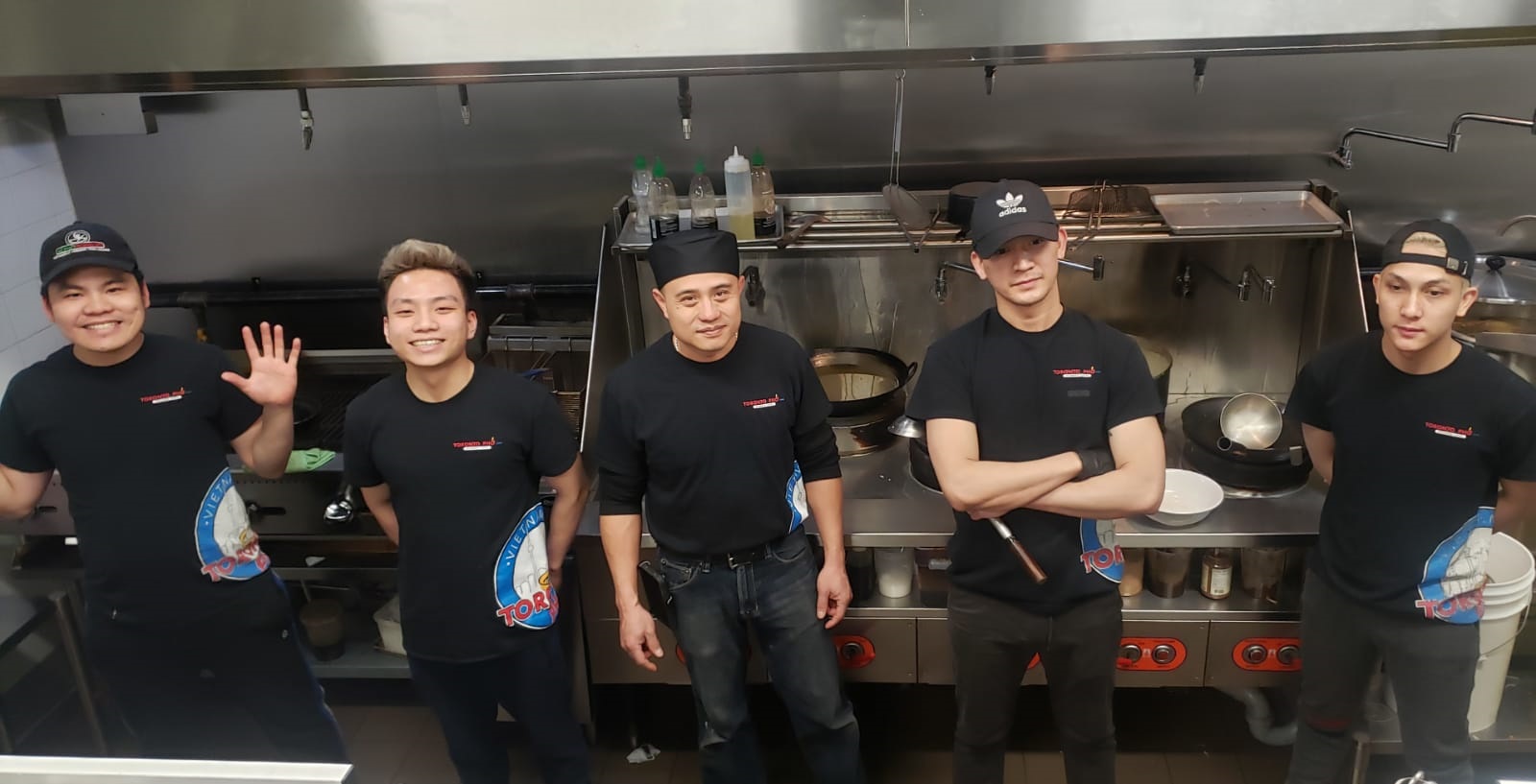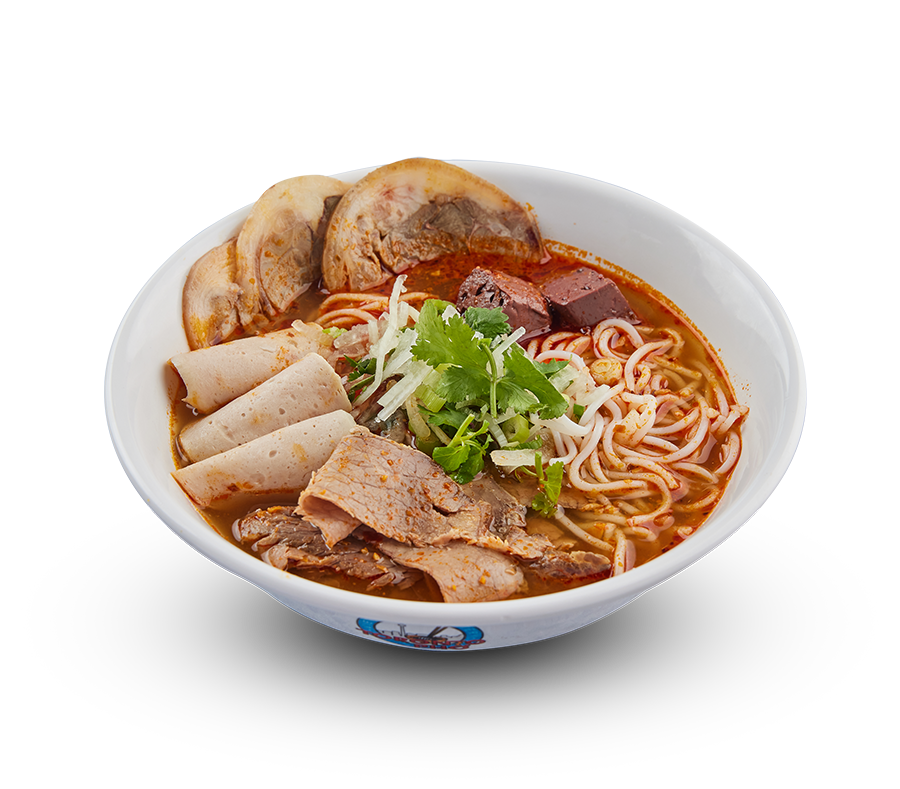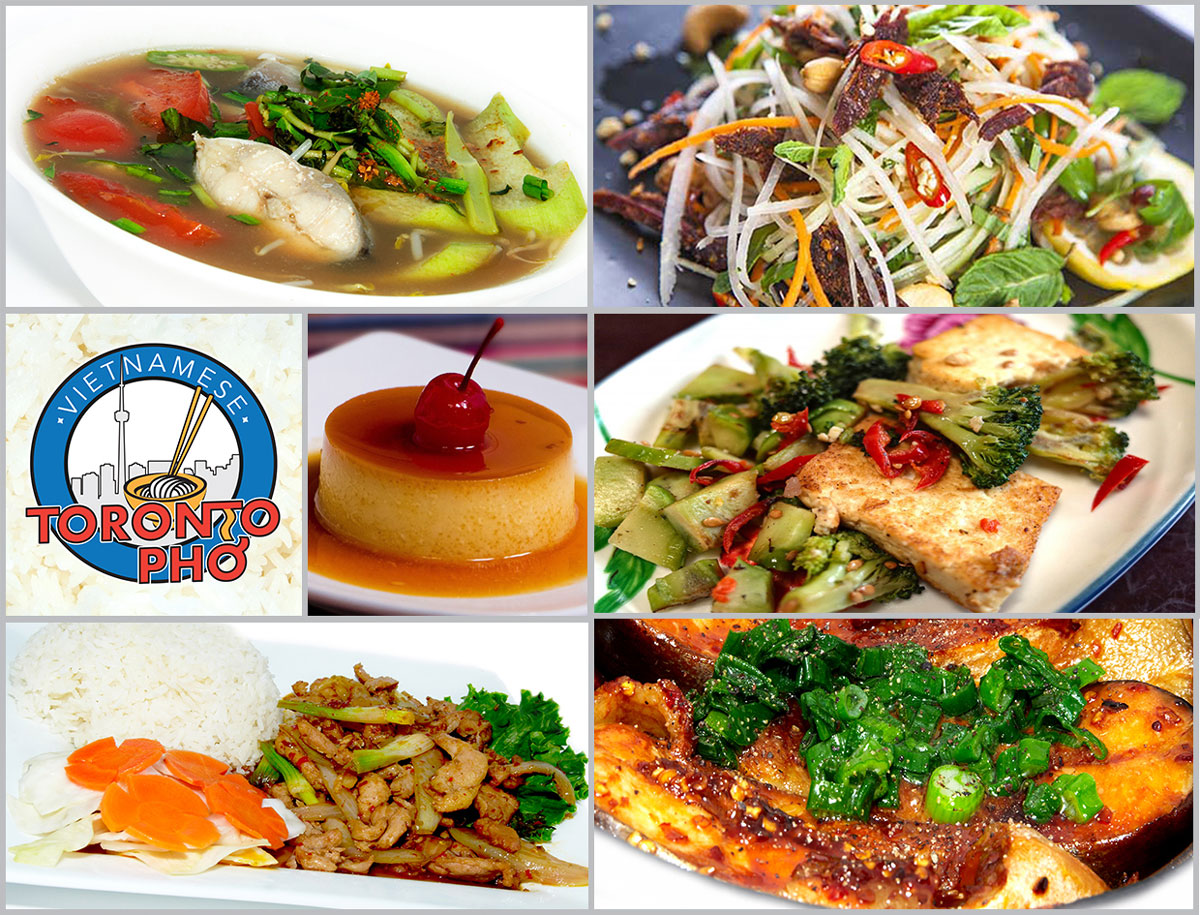
The Vietnamese are a very caring people, oftentimes offering home cooking to guests and treating food as a kind act or service to provide to others. Vietnamese-Canadian Kim Thuy’s book Secrets From My Vietnamese Kitchen highlight some of these flavorful Vietnamese homemade recipes. The significance of this cooking is not lost on the Vietnamese who have drawn from recipes like these for decades and generations.
Thuy is a former interpreter, lawyer, and restaurant owner, having gained international acclaim within the literary world in the past decade. She’s won awards in Canada and abroad, and her novels have been published in more than a dozen countries. Although she doesn’t typically publish traditional cookbooks, this is an exception. For Thuy’s audience, it’s a preview into what it’s to be Vietnamese-Canadian and the foods that make the culture.
Read more: Spotlighting Vietnamese-Canadian Kim Thuy’s ‘Secrets from my Vietnamese Kitchen’
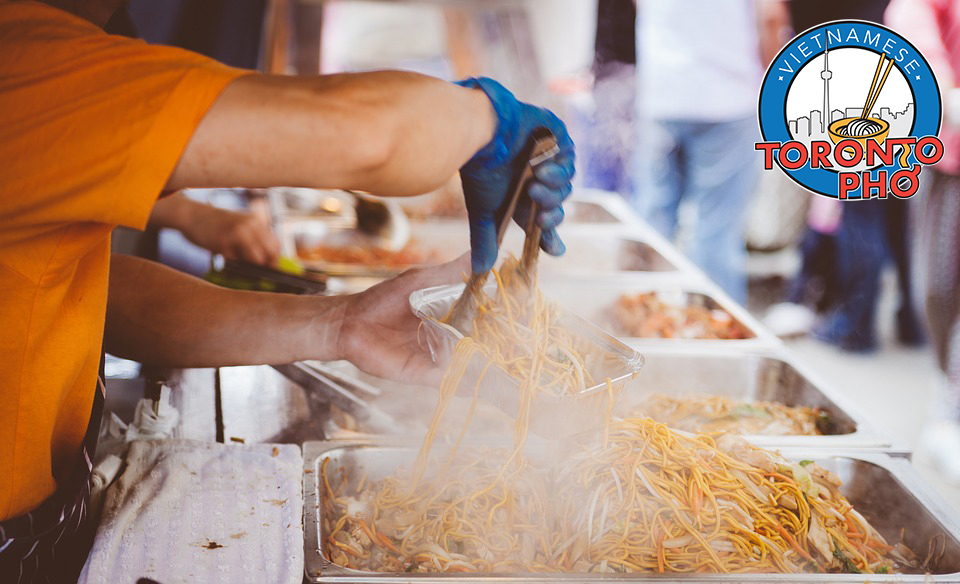
East Asian cuisine is commonly made for all sorts of income levels, from royalty down through the working classes. A little different from Chinese, Japanese, or Korean, Vietnamese cuisine is one food made for the people and by the people. Vietnamese cuisine is street food, through and through. For some of the most vibrant Vietnamese street food there is, you can see it featured alongside other Asian cuisines on the new Netflix documentary Street Food.
Street food has a strong history in Vietnamese cuisine. For years, street food was what fed the population. The nameless cooks and vendors lost to history were the ones who fed Vietnamese families and workers from all backgrounds, cultures, and belief systems. Although this was also the case in some regions of Thailand, Singapore, and Japan as well, for the Vietnamese it’s something held even closer to the heart.
Read more: See some Favourite Vietnamese Cuisine in Netflix’s Latest Documentary ‘Street Food’
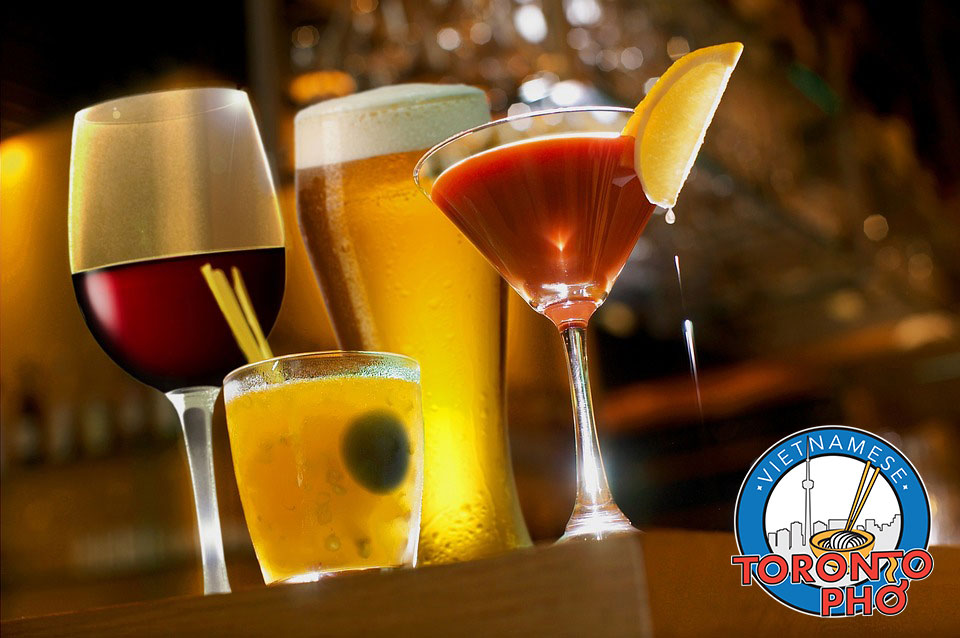
Nothing’s as comforting as a steaming bowl of pho and a fine glass of wine. Satisfying broth, noodles, meat, and herbs await in your next bowl. After a stressful day, pairing your pho with the right glass of wine can count for a lot. But, how do you know what to pair with what – it’s hard establishing the right mix of elements. Also, if you’re adhering to Vietnamese cuisine-style philosophies of maintaining a balance in your meal, getting the pho-and-wine pairing just right is even more important. Here are a few of our recommendations.
Sauvignon Blanc-Semillon
The Sauvignon Blanc-Semillon pairs perfectly with a chicken pho. The Semillon is blended with a Sauvignon Blanc to add weight and structure. This weight and structure works well with any rich broth. The chicken also does not clash with anything in either pair. The intense fruit flavor and bright acidity of a Sauvignon Blanc also can play well with the herbs commonly found in pho, resulting in it being a go-to.
Read more: What’s the Best Wine and Pho Pairing to Help you Settle into Comfort – read here!
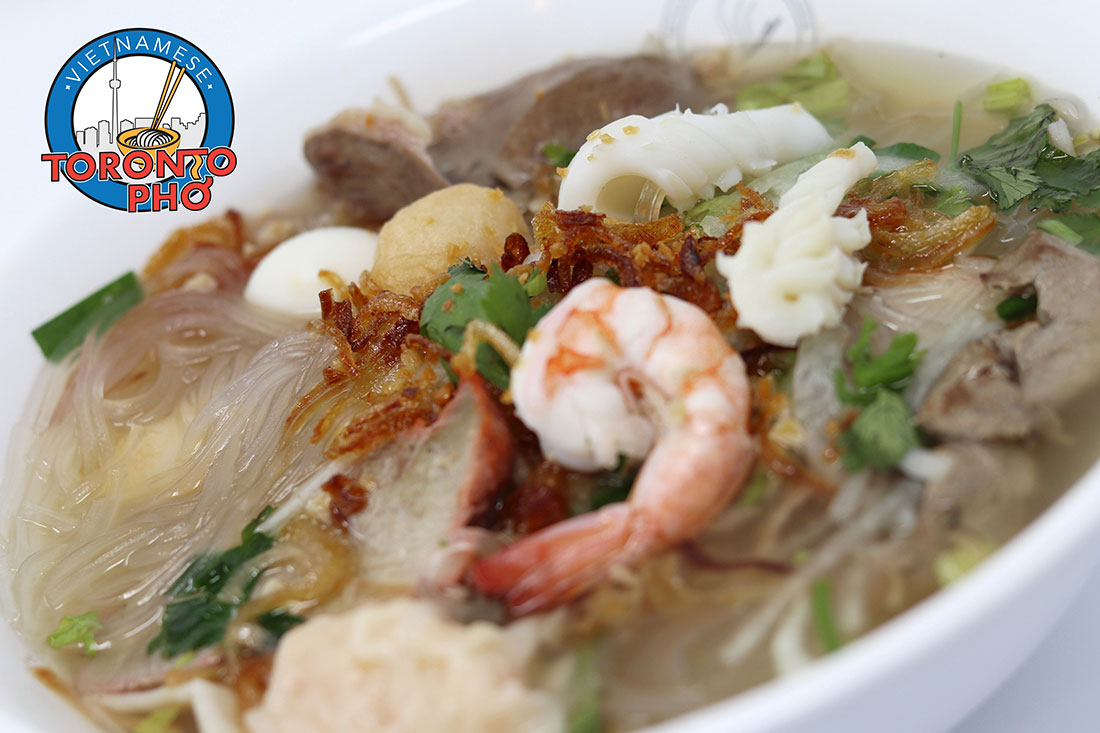
If you’re a beginner to Vietnamese cuisine, you’re not alone. There are many people who’ve come to try Vietnamese food in the last decade and who’ve become big fans but a lot of the ingredients or meal preparation is not common in North America. Vietnam’s top dishes include pho, banh mi, and com ga but there’s so much more to Vietnamese cuisine than simple three meals. Regarding where to start in eating Vietnamese food, we thought we’d share some common dishes as well as the sorts of meals prepared in the culture.
Fish mint.
Fish mint is like a heart-shaped, solid green food that does not taste or look like not and leaves only a fish-esque taste. It gives off a strong fish aroma and is something which not a lot of North Americans have the palette for.
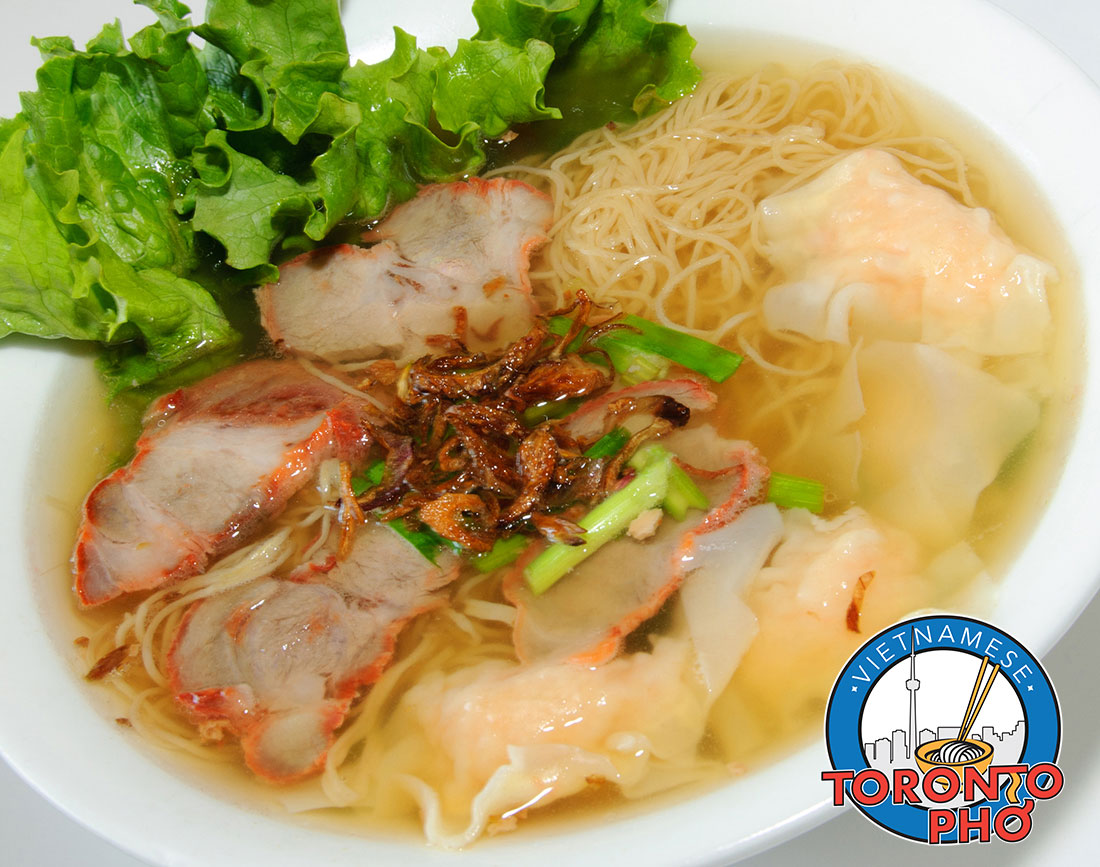
Bring a little bit of Vietnam right to your kitchen table with these 5 amazing comfort foods based on authentically prepared Vietnamese cuisine. For any night of the week when you think you’ve got it in you to get in front of the stove and get cooking, these are all excellent dinner dishes. Although pho’s our favourite, perfecting that broth that take time and is quite tricky. If pho’s comforts aren’t achievable tonight, you still got options. Here are some ideas.
Che bap.
Che bap is a sweet coconut tapioca soup. Add a handful of corn to the mix and you’ve got a winning comfort meal right there. This dessert soup can help add something to the corn which might just be sitting around your freezer. It’s easy to prepare, quick to make, and the only real time you need to invest in it is waiting for it to cool down. It should eventually come out into a pudding-esque texture.
Read more: 5 Tasty Vietnamese Comfort Foods you can Make From Home
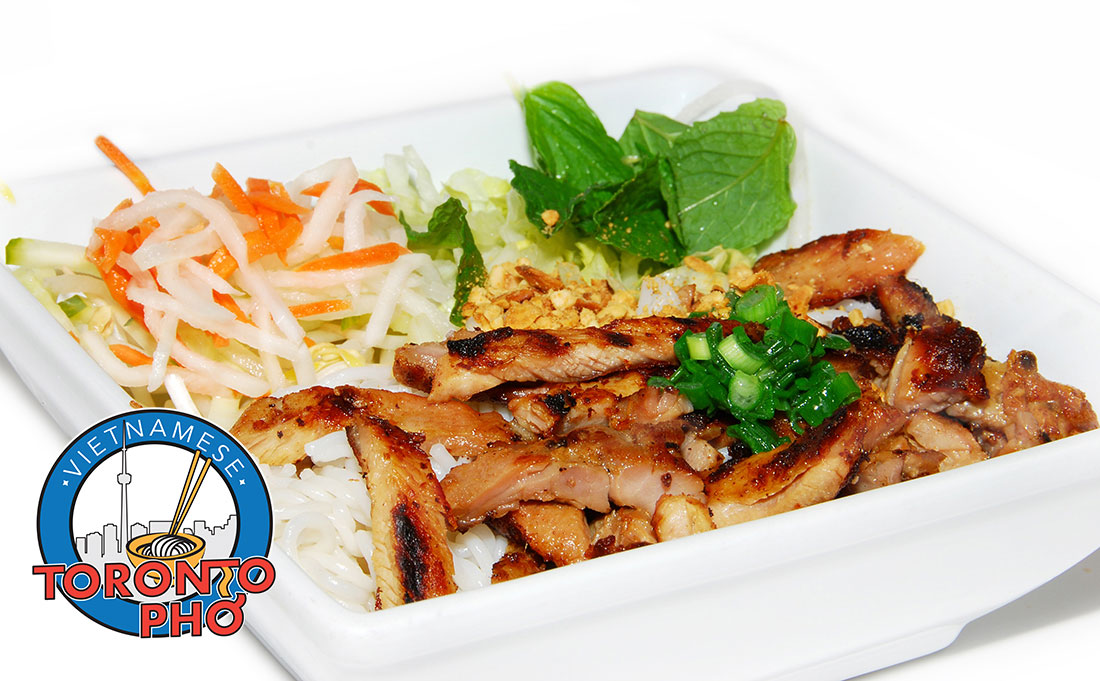
One of the biggest questions we get about our pho and hearty Vietnamese pho in general is, what makes it so healthy – well, that’s something we hope to answer here.
Pho is hot, comforting, and absolutely delicious. There’s no disputing that and it’s widely agreed upon. It’s easily customizable and usually comes in a salty broth, with filling meat, vegetables, herbs, spices, and rice noodles. Although pho can be made at home, it’s also served at several Toronto restaurants, with some tasting better than others. Here is some general nutritional information on what you can expect when enjoying a bowl of pho.
Read more: Why Pho is one of the Healthiest Dishes you Might Find at Any Toronto Restaurant
More Articles ...
- What are Deep Fried Ragworm Cakes and What They Mean to Vietnamese Cuisine
- 5 Vietnamese Foods and other East Asian Cuisine you absolutely Need to Try
- Why do University Students love Pho so Much in major Canadian Cities – read here!
- Where Does Authentic Vietnamese Pho end up on the List of the World’s Most Delicious Foods
Page 40 of 45


